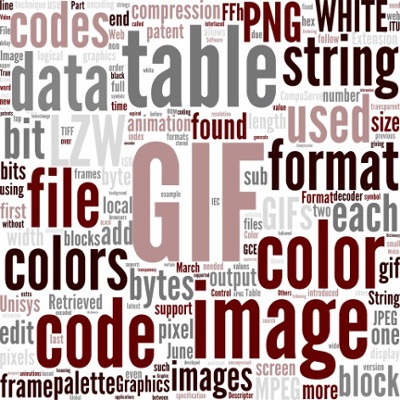
GIF stands for graphics interchange format and was developed in 1987. Using GIFs greatly improved the black and white images that were common during that time. GIFs uses 256 colors while still maintaining a compressed format that will load with even slow modems. Today, GIFs are used for many things including digital marketing and is still the oldest format used.
There are two different ways to use GIFs, static and animated. Animated GIFs are made animations using individual GIFs through time delays. It is a very simple and well-known supported format that can capture the attention of your audience with a short burst of entertaining animation. Many businesses can benefit from using GIFs for their digital marketing efforts.
However, GIFs weren’t designed to be used for animation so it creates an extremely large file that slows down the loading speed. But using GIFs for digital marketing can still be done as long as they are optimized.
Static GIFs
There are 2 different methods when it comes to optimizing static GIFs.
- Lossy optimization – this method removes data from the original file and reduces the file size. The only problem is that every time the image is saved, the quality decreases and the image can become fuzzy.
- Lossless optimization – this method preserves all the data in the original file so it can still be uncompressed. The file is still large, but this way the image doesn’t lose its quality.
The easiest way to improve the performance when using GIFs is by converting the image to a PNG file. Both formats are great for displaying simple graphics and happen to be very similar files to each other. In fact, a PNG file can compress 5-25 percent more. There are a variety of free software and tools on the Internet to help with this.
Animated GIFs
When it comes to using animated GIFs for digital marketing, they are very large files and cause for a lengthy load time. Since the majority of the data is graphical data, lossless optimization can’t be used because it doesn’t modify graphical data. So we are left with using lossy optimization.
The human eye can’t distinguish between subtle color changes. Each pixel is slightly a different color because thousands of shades of one color is used and the shades are so close together that the human eye doesn’t notice the different in colors. The file can be manipulated, which shrinks the file, by one color replacing the other.
Keep in mind that since animated GIFs are a series of individual GIFs, you can use techniques to decrease the file size. If each individual file is smaller, than the overall file is smaller. There are some software options out there that do this automatically.
Using GIFs can be a good thing for your digital marketing plan. The animations really grab the attention of users. Just make sure to always optimize when using GIFs.
Calli Varner
Calli Varner
I have a passion for writing and I’m a proud graduate of the Walter Cronkite School of Journalism at Arizona State University. Besides blogging, I also manage social media content and provide PR consulting for our clients. When not immersed in online marketing, I spend my time volunteering at two local animal rescues and watching football.
